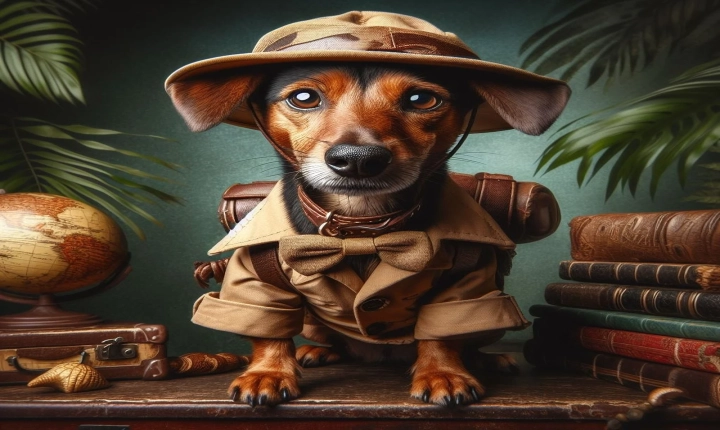Painting aircraft, especially AI aircraft, requires attention to detail, precision, and a steady hand. AI aircraft, which are often used in flight simulation and virtual air traffic control systems, can greatly benefit from a fresh coat of paint to enhance their visual appeal. Here’s a step-by-step guide on how to paint AI aircraft to give them a realistic and stunning appearance.
1. Gather the Necessary Tools and Software
To begin the painting process, you will need a computer with appropriate flight simulation and AI aircraft editing software, such as Flight Simulator X or Prepar3D. Additionally, you will need a reliable image editing software like Photoshop or GIMP, which allows you to create and edit aircraft textures. Having a tablet or graphics tablet can also be beneficial for more precise and detailed painting.
2. Choose the Design
Before you start painting, it’s essential to decide on the design you want for the AI aircraft. This could be a livery based on a real aircraft, a fictional design, or a custom creation. Consider factors such as color scheme, logos, and any special markings that need to be included.
3. Obtain the Base Texture
Most AI aircraft come with a set of texture files that you can use as a base for painting. These files are usually in a format such as PSD or DDS and contain the different parts of the aircraft, such as the fuselage, wings, and tail. Open the base texture in the image editing software to begin painting.
4. Start Painting
Using the drawing and painting tools in your image editing software, begin adding the desired colors and details to the aircraft texture. You can use reference images of real aircraft or other designs to ensure accuracy and realism. Pay close attention to details such as panel lines, rivets, and seams to achieve a high level of authenticity.
5. Add Logos and Markings
If your design includes specific logos, emblems, or markings, carefully apply these to the respective areas of the aircraft texture. Pay attention to correct placement, size, and orientation to maintain accuracy. This step often requires precision and attention to detail.
6. Fine-tune the Details
After the main elements of the design are in place, spend time fine-tuning the smaller details. Adjust colors, shade areas for depth and highlights, and add weathering effects if desired. This step can greatly enhance the realism of the finished paint job.
7. Test in the Simulator
Once you are satisfied with the painted aircraft texture, it’s time to test it in the flight simulator. Load the aircraft with the new paint job and inspect it from different angles and lighting conditions to ensure that it looks as intended. Make any necessary adjustments before finalizing the texture.
8. Finalize and Save
After confirming that the paint job looks great in the simulator, save the finished texture file in the appropriate format for use in the AI aircraft. This often involves converting the file to the required texture format and saving it with the correct naming convention.
9. Install and Share
Install the finished paint job texture into the AI aircraft in the flight simulation software, following the provided instructions. If you’re pleased with the results, consider sharing your creation with the flight simulation community by uploading it to appropriate platforms or forums for others to enjoy.
In conclusion, painting AI aircraft is a meticulous process that requires creativity, patience, and attention to detail. By following these steps and honing your skills, you can breathe new life into AI aircraft and enhance the overall flight simulation experience for yourself and others. With practice and dedication, you’ll be able to create stunning aircraft liveries for virtual skies around the world.
